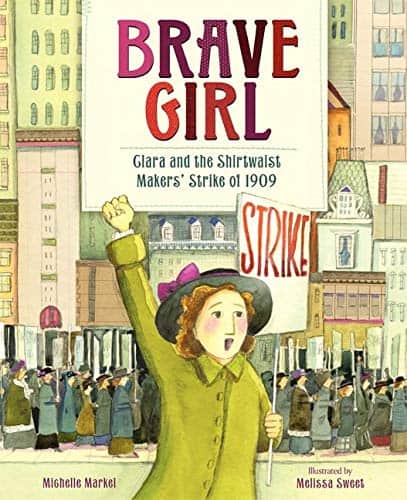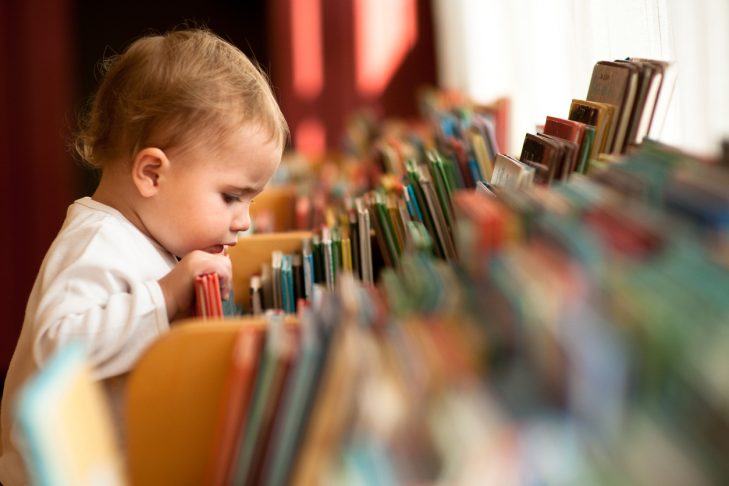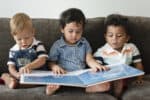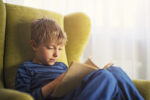Samantha Doucet is the new LGBTQ+ family connector at JCC Greater Boston. Spotlighting the diversity of the Jewish community is an important part of her job. On Friday, Jan. 13, she’ll launch a four-week PJ Library Shabbat Social Justice Story Time at the Robbins Library in Arlington, sharing toddler-appropriate stories that emphasize inclusion, social justice and diversity. Befitting the age group, there’s also music and dancing (and even parachutes).
Her role dovetails with the very essence of Judaism, she says. “Community, fairness, justice, welcoming others and kindness are Jewish values, and those are all things I’m trying to bring to the story time—because they’re community values as well,” she says. “I want to show how diverse the Jewish community is.”
Doucet’s book selections teach approachable lessons: advocating for the environment, sharing and welcoming immigrants. These are things that even young kids can observe and engage with in their daily lives, she says. She’ll also make sure to choose books that have diverse representation.
“I want kids to see themselves, their families and their cultures in the books. For example, [I’m part of] a two-mom family. I want my kids to see themselves in them—and, even for kids who don’t have two moms, to see that these families are just another part of the community and to normalize those differences.”
Doucet, who’s also a social worker, emphasizes how useful it is to thread these observations through everyday life, to talk about differences instead of staying neutral or pretending they don’t exist.
“It’s important to engage and not just to normalize [differences], but to show that they’re a positive thing,” she explains. For instance, “Growing up in the 1990s, there was a colorblind approach to race. Now, with my kids, we talk about it. Maybe we see a book where all the characters are white. I point that out and ask: ‘I wonder why?’ It’s important to point out things that are right in front of us, rather than having them go unsaid.”
Here’s a preview of her picks, each of which impart relatable lessons in language that kids can absorb. Can’t make it in person? Pick up a few for your home library.
“Maddi’s Fridge” by Lois Brandt
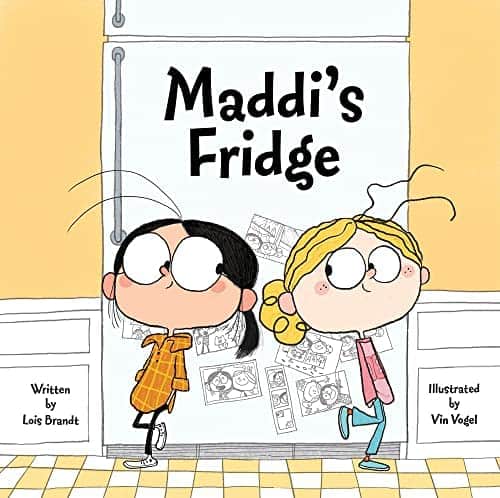
“The Suitcase” by Chris Naylor-Ballesteros
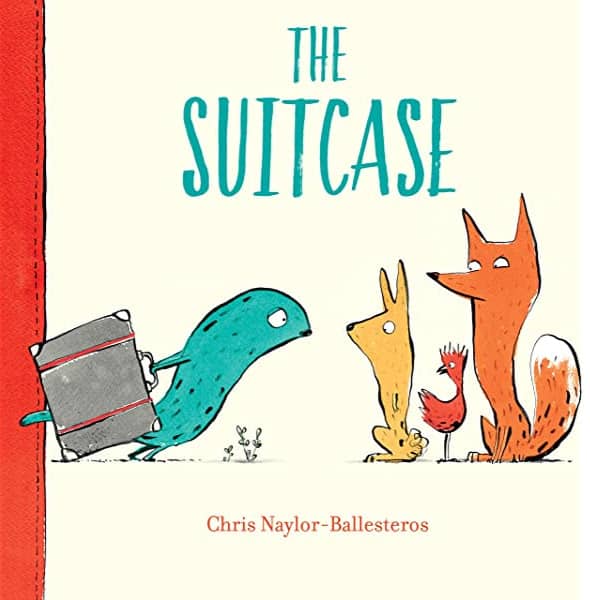
“Pearl Moscowitz’s Last Stand” by Arthur Levine
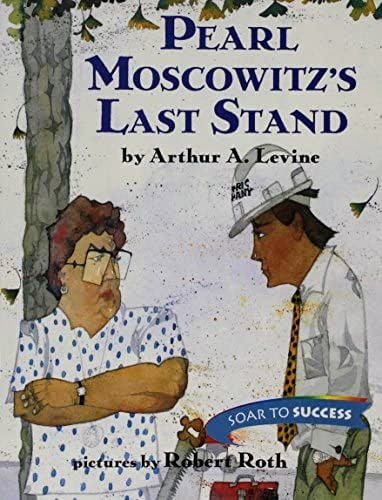
“Havdalah Sky” by Chris Barash
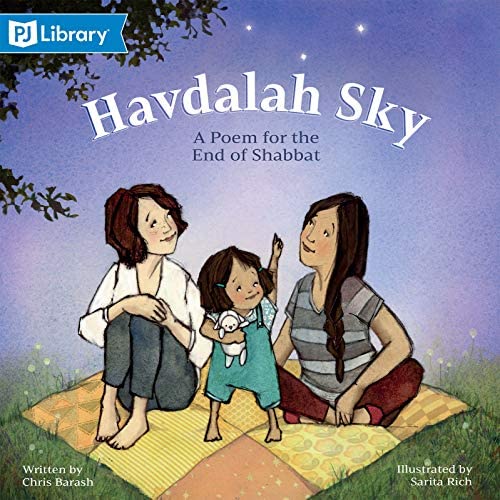
“A Moon for Moe and Mo” by Jane Breskin Zalben
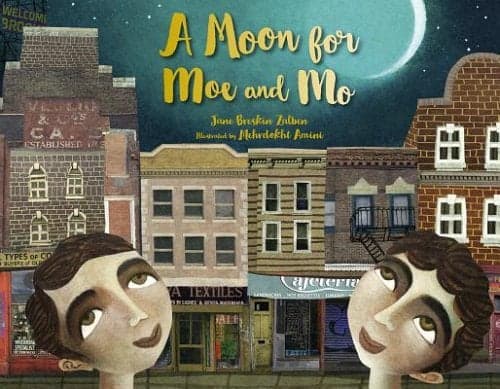
“Brave Girl: Clara and the Shirtwaist Makers’ Strike of 1909” by Michelle Markel
